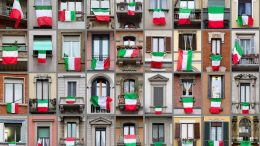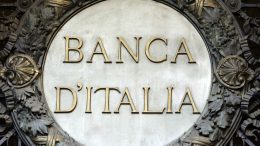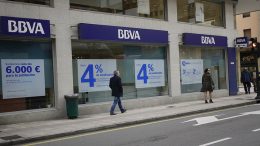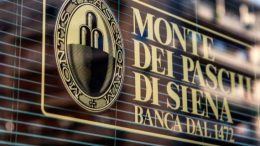Italy clarifies details of new windfall tax on banks
Norbolsa| Following Monday’s announcement of the 40% tax on banks on the extraordinary income generated by interest rate hikes (around 2023 or 2024, whichever is higher), the Italian government clarified that the amount may never exceed 0.1% of the total assets of the entity, and informed that those banks that have already remunerated deposits will not be so affected by this measure. According to Italian sources, the tax is expected…









